What lies beneath: a swirling installation in light by TeamLab is pulling us in
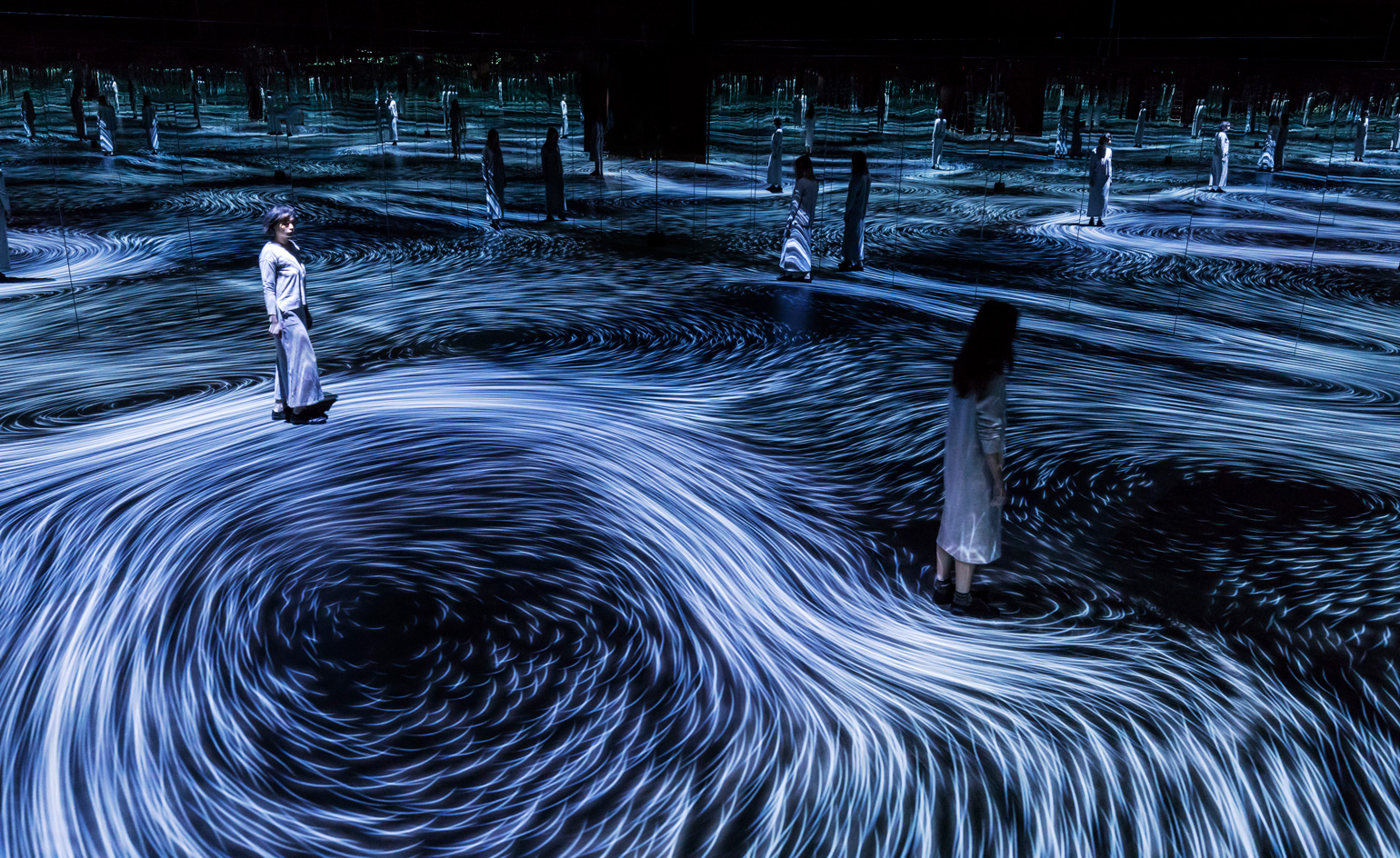
In what has quickly become Japanese art collective TeamLab’s signature style, a technologically ambitious yet highly personal digital art installation debuts today in Melbourne. Created for the NGV Triennial, Moving Creates Vortices and Vortices Create Movement straddles the ever-bending boundaries between art, technology and experience, sucking visitors in.
Ahead of TeamLab’s exhibition at Pace Gallery London this past January, founder Toshiyuko Inoko told me that ‘digital technology allows art to break free from the frame’ – a theme that busts through the walls and ceilings here. Visitors walk on digitally-manipulated water, their presence creating moving light patterns on the floor, in an algorithmic technology borrowed from the London show. Unlike the ealier iteration, the Melbourne space includes mirrors on the walls and roof, reflecting light from the floor, enveloping the visitors completely, in overwhelming, hurricane-like patterns.
This installation centres on humanity’s ability to indelibly imprint on natural environments, and in turn, nature’s affect on us. ‘Through their own movement, visitors realise that seemingly unrelated things affect the world in an uncontrollable way,’ Inoko explains. With every step, rippling light waves cascade, circling outwards. ‘We want to create an experience where people’s various behaviours create diverse flow velocity, generating huge vortices – whether you intended to do so or not.'
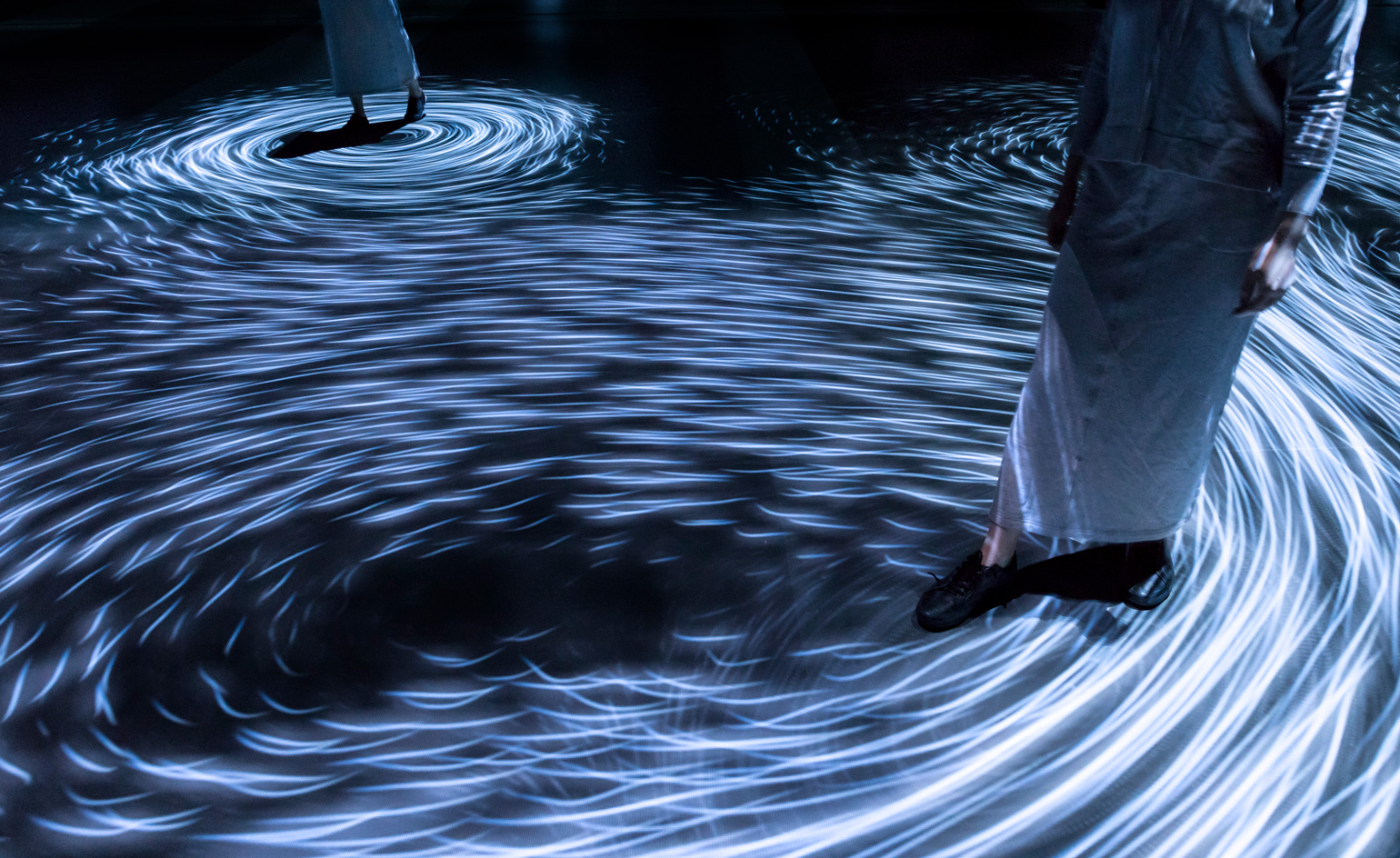
Installation view of Moving Creates Vortices and Vortices Create Movement, 2017, by TeamLab, at the National Gallery of Victoria, Melbourne.
As with the London show, which contained a catalogue of familial references to Japanese art, history and culture, Moving Creates Vortices and Vortices Create Movement was born from memories of Inoko’s childhood. ‘In the ocean near to where I was born, there are huge tidal vortices called the Naruto whirlpools’, he explains. ‘Some are too massive to see – they swirl up the carcasses of organisms sunk to the bottom of the ocean, producing nutritious seawater, and enriching the ocean.’
Since then, Inoko has been interested in the relationship between ‘whirlpools, seafood and people’s lives’, which became the surprisingly organic motivation for this highly technological installation.
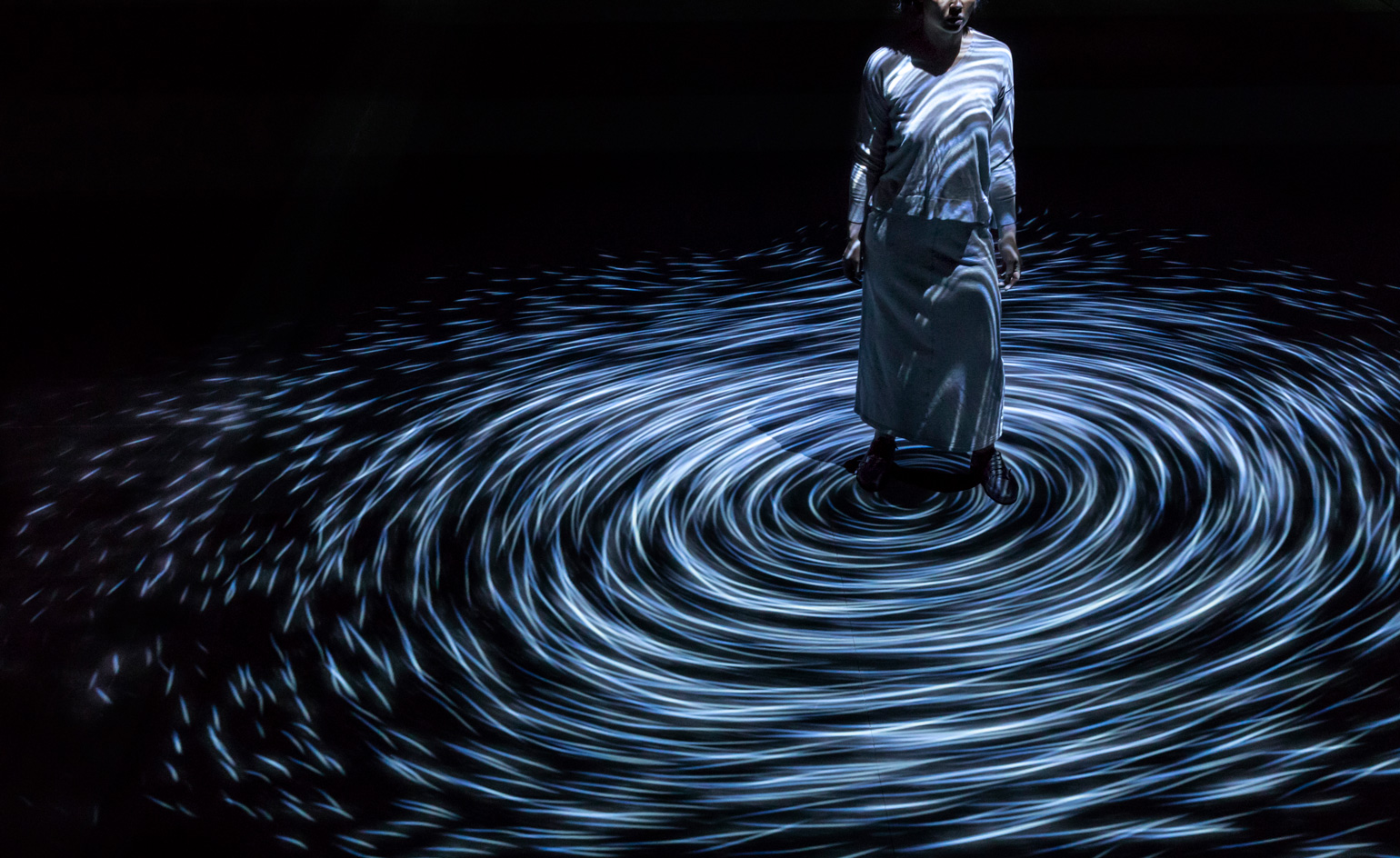
Moving Creates Vortices and Vortices Create Movement, 2017, by Toshiyuki Inoko of TeamLab, on view at the National Gallery of Victoria, Melbourne.
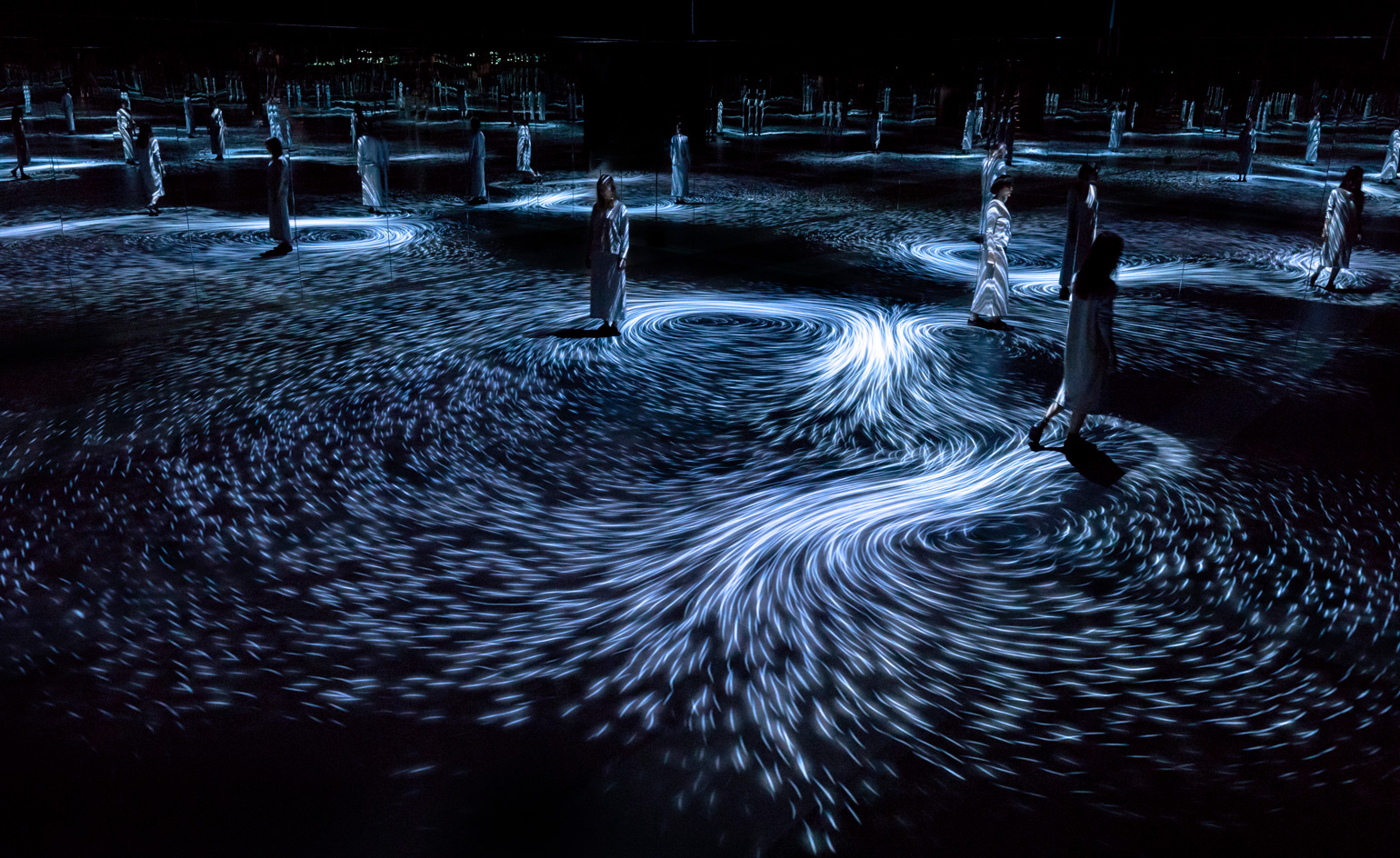
Moving Creates Vortices and Vortices Create Movement, 2017, by Toshiyuki Inoko of TeamLab, on view at the National Gallery of Victoria, Melbourne.
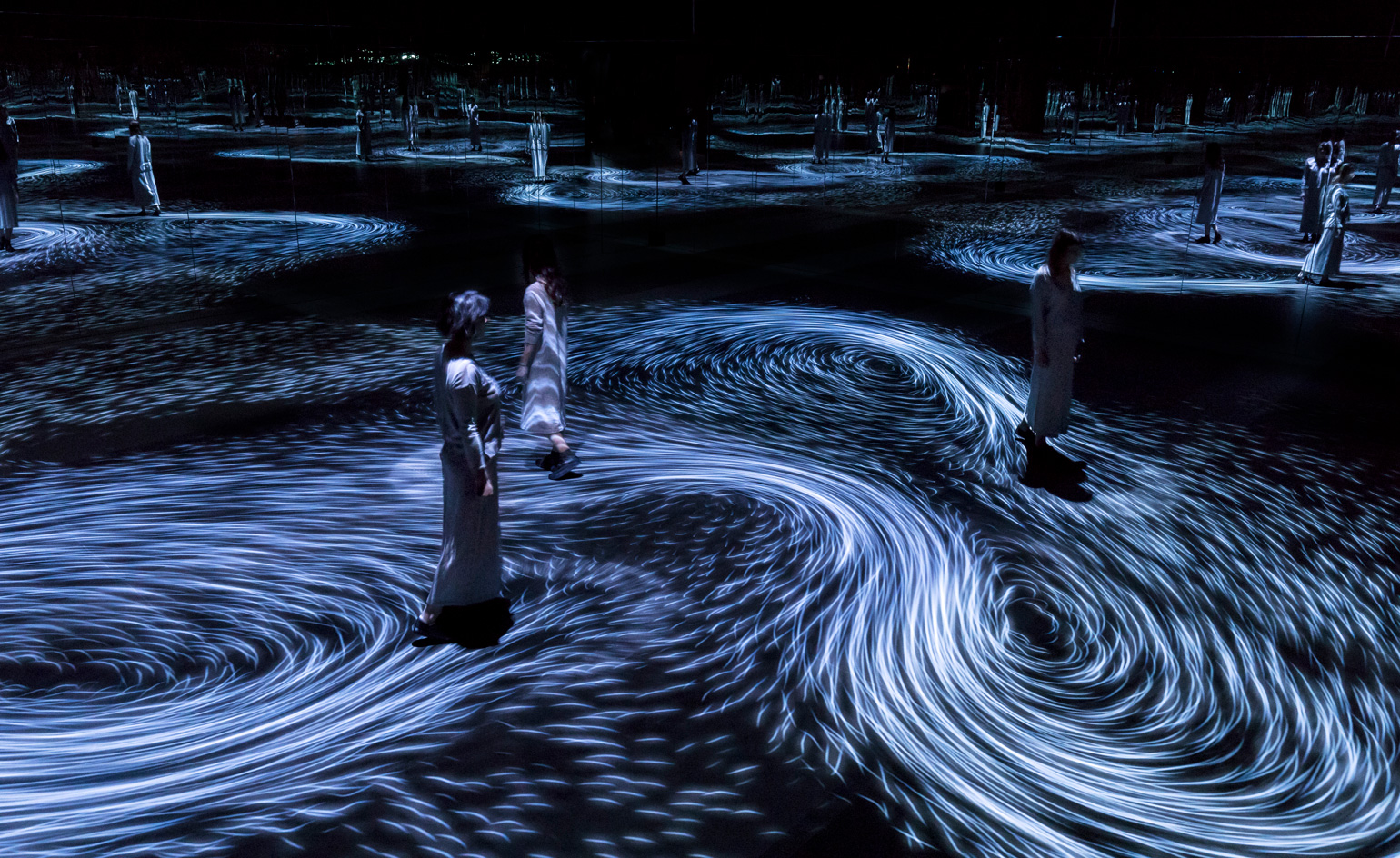
Moving Creates Vortices and Vortices Create Movement, 2017, by Toshiyuki Inoko of TeamLab, on view at the National Gallery of Victoria, Melbourne.
INFORMATION
NGV Triennial continues until 15 April 2018. For more information, visit the teamLab website and the NGV Triennial website
ADDRESS
National Gallery of Victoria
180 St Kilda Road
Melbourne VIC 3006
Receive our daily digest of inspiration, escapism and design stories from around the world direct to your inbox.
Elly Parsons is the Digital Editor of Wallpaper*, where she oversees Wallpaper.com and its social platforms. She has been with the brand since 2015 in various roles, spending time as digital writer – specialising in art, technology and contemporary culture – and as deputy digital editor. She was shortlisted for a PPA Award in 2017, has written extensively for many publications, and has contributed to three books. She is a guest lecturer in digital journalism at Goldsmiths University, London, where she also holds a masters degree in creative writing. Now, her main areas of expertise include content strategy, audience engagement, and social media.
-
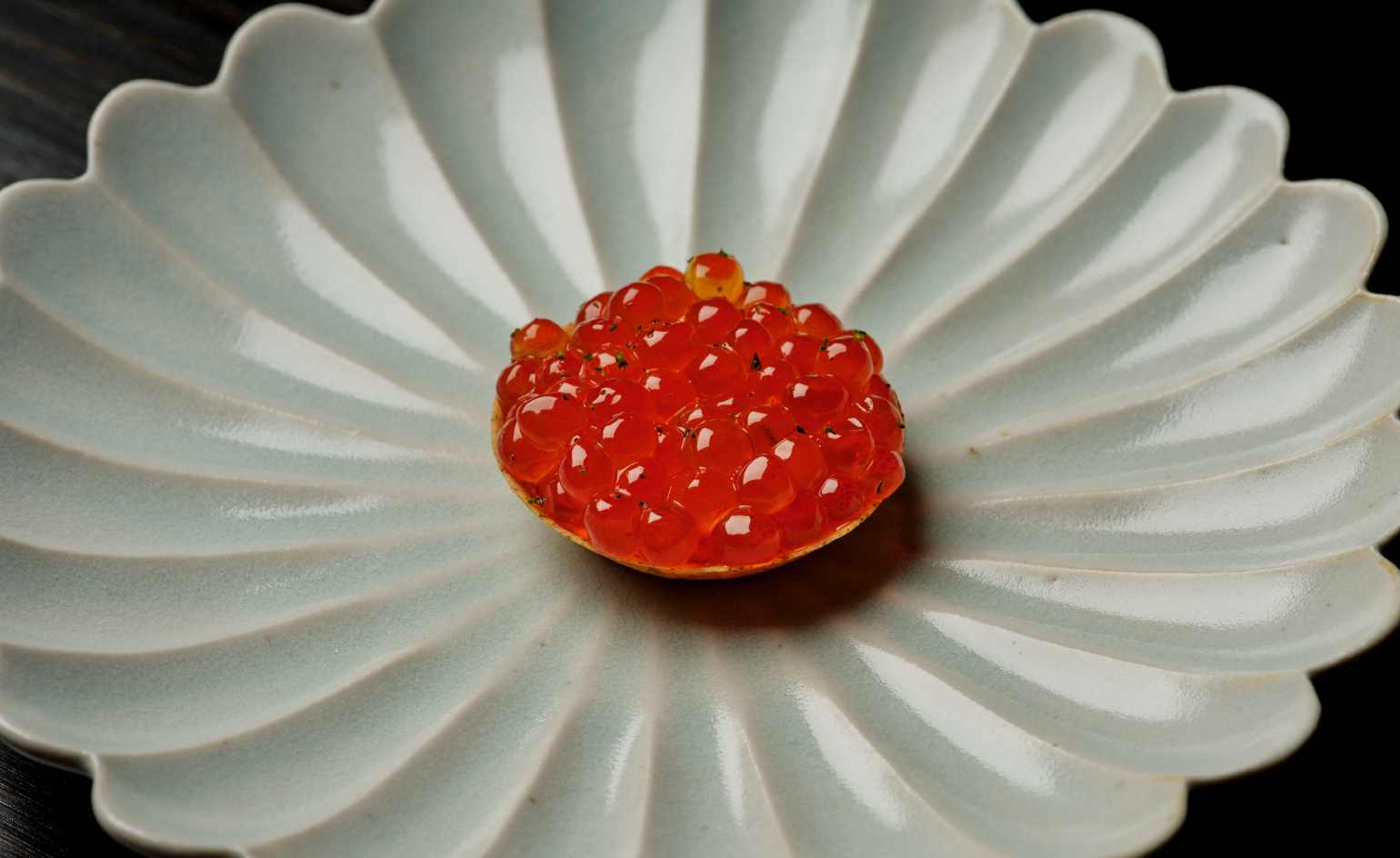 This cult Los Angeles pop-up restaurant now has a permanent address
This cult Los Angeles pop-up restaurant now has a permanent addressChef Brian Baik’s Corridor 109 makes its permanent debut in Melrose Hill. No surprise, it's now one of the hardest tables in town to book
-
 French bistro restaurant Maset channels the ease of the Mediterranean in London
French bistro restaurant Maset channels the ease of the Mediterranean in LondonThis Marylebone restaurant is shaped by the coastal flavours, materials and rhythms of southern France
-
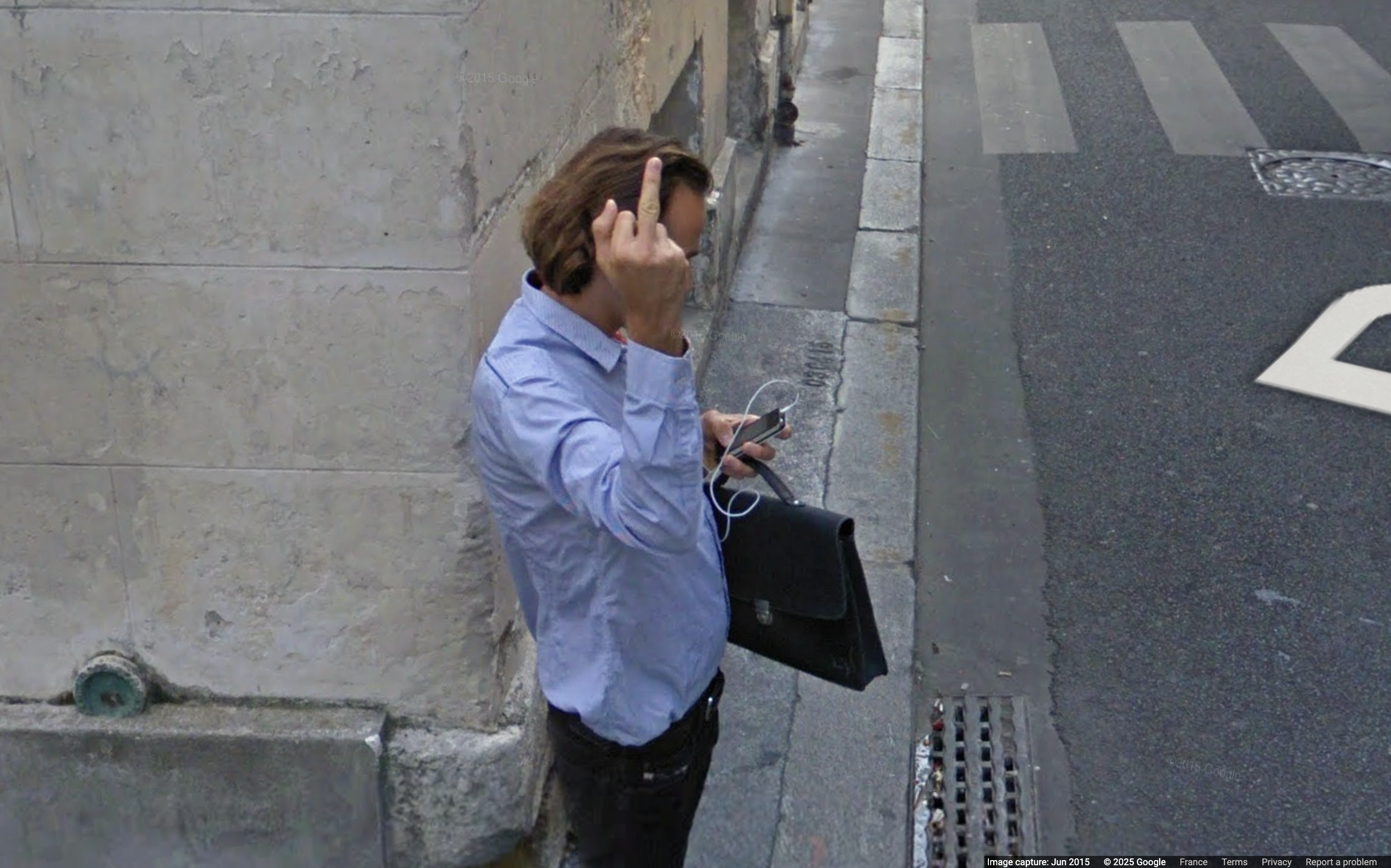 How ethical is Google Street View, asks Jon Rafman in Copenhagen
How ethical is Google Street View, asks Jon Rafman in CopenhagenIn 'Report a Concern - the Nine Eyes Archives' at Louisiana Museum of Art, Copenhagen, Jon Rafman considers technology's existential implications
-
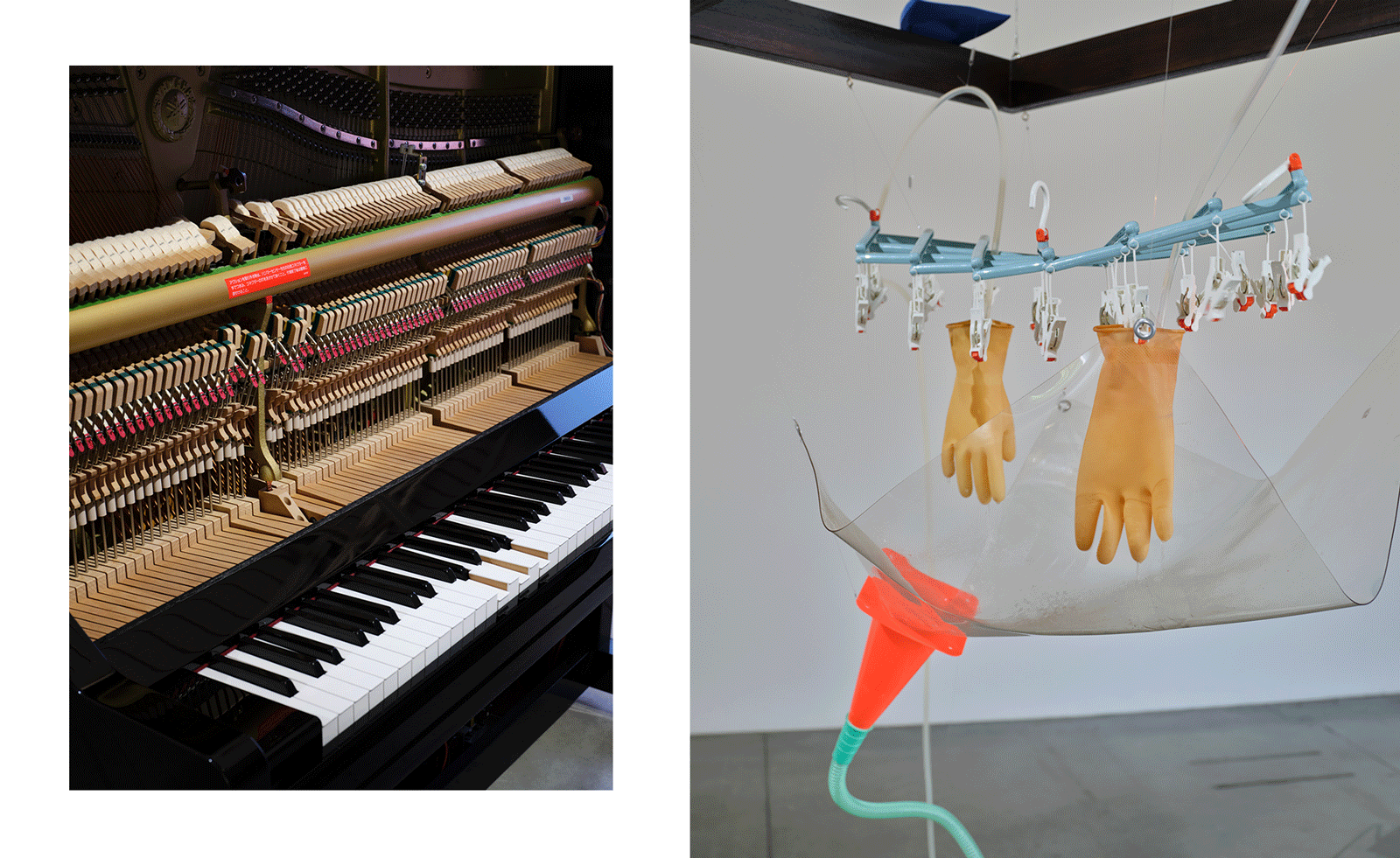 Yuko Mohri’s living installations play on Marcel Duchamp’s surrealism
Yuko Mohri’s living installations play on Marcel Duchamp’s surrealismThe artist’s seven new works on show at Milan’s Pirelli HangarBicocca explore the real and imaginary connections that run through society
-
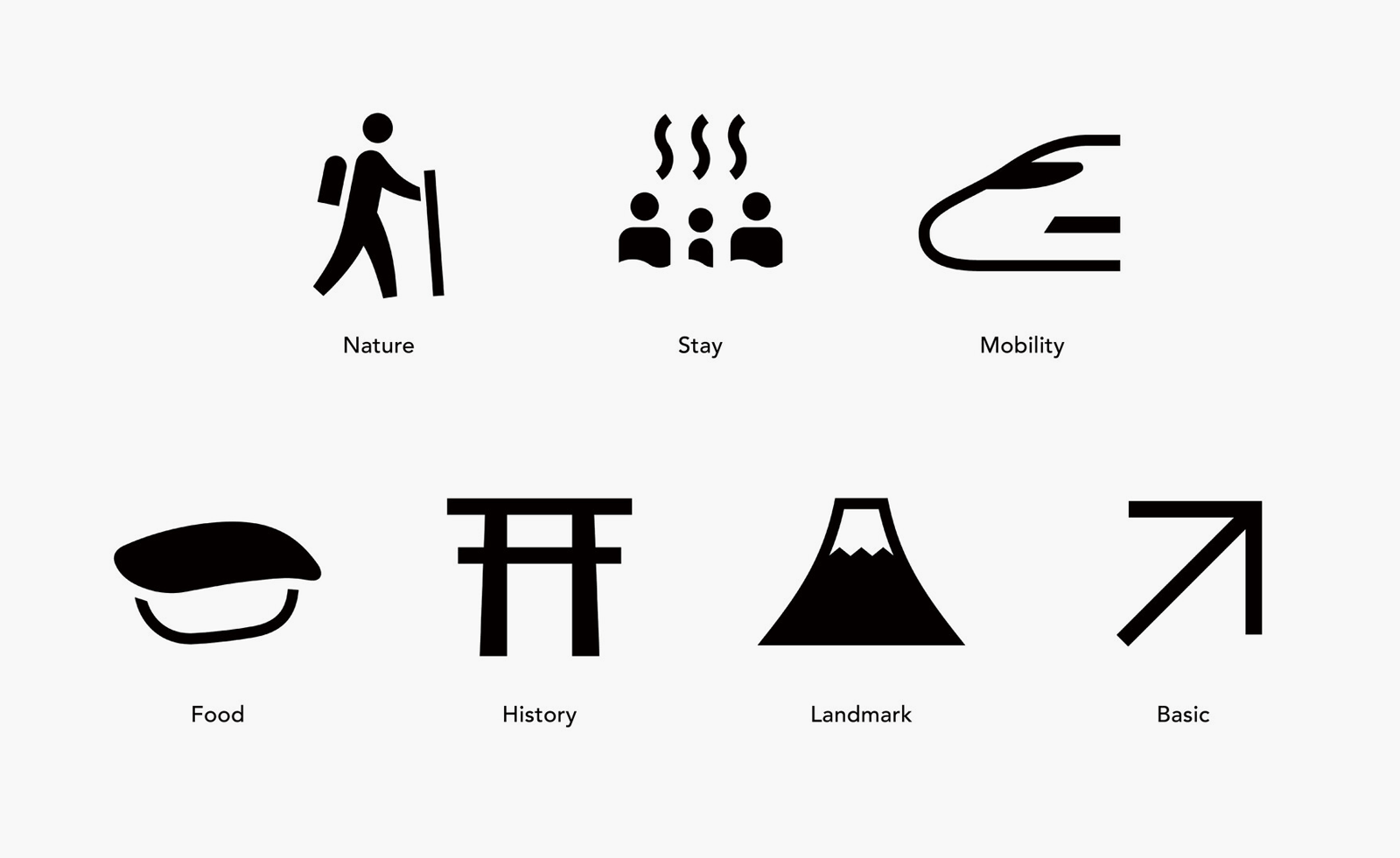 Get the picture? A new exhibition explores the beautiful simplicity of Japanese pictograms
Get the picture? A new exhibition explores the beautiful simplicity of Japanese pictogramsThe simple, minimalist forms of a pictogram are uniquely Japanese, as new exhibition 'Pictograms: Iconic Japanese Designs' illustrates
-
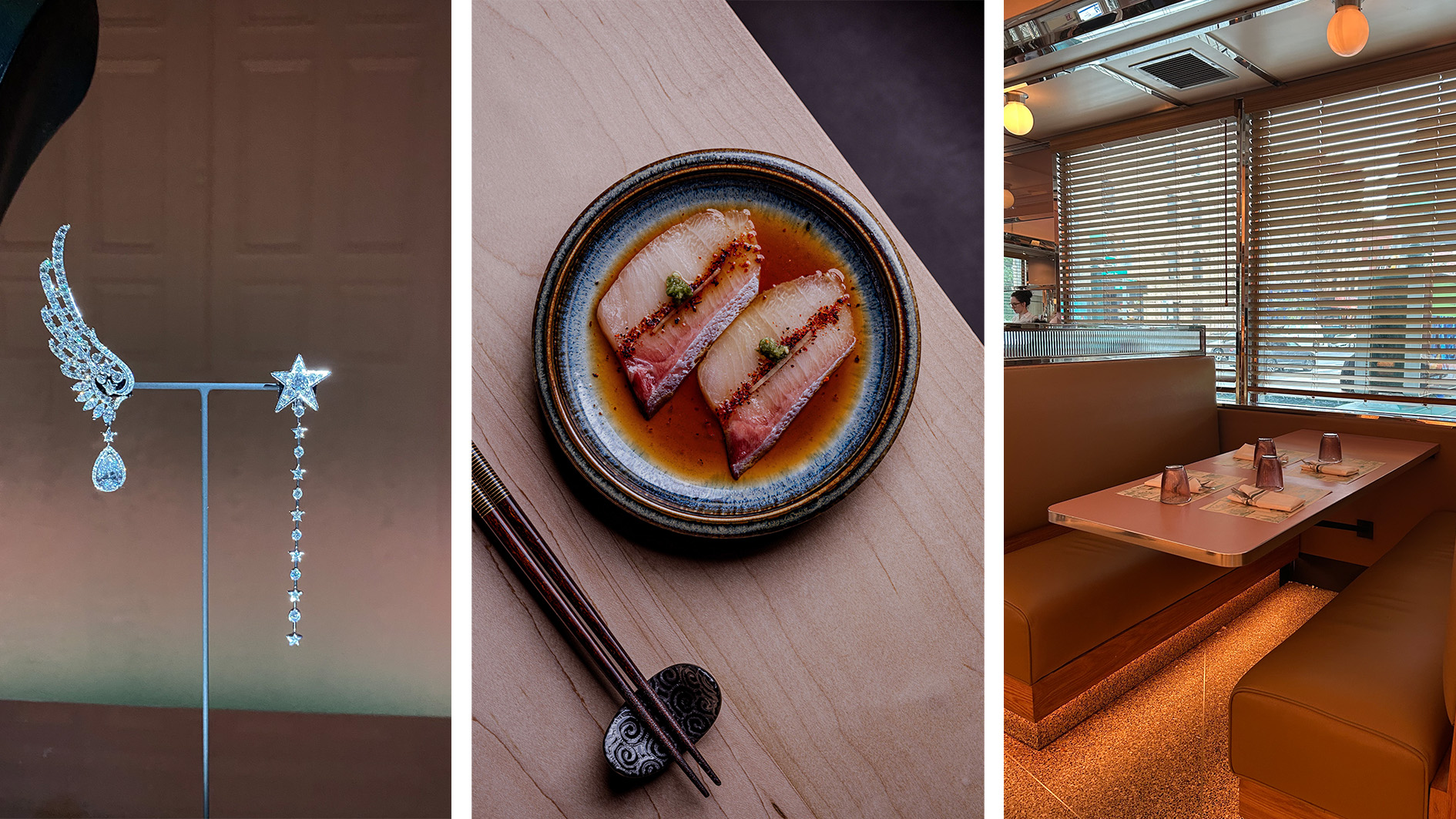 Out of office: the Wallpaper* editors’ picks of the week
Out of office: the Wallpaper* editors’ picks of the weekIt was a jam-packed week for the Wallpaper* staff, entailing furniture, tech and music launches and lots of good food – from afternoon tea to omakase
-
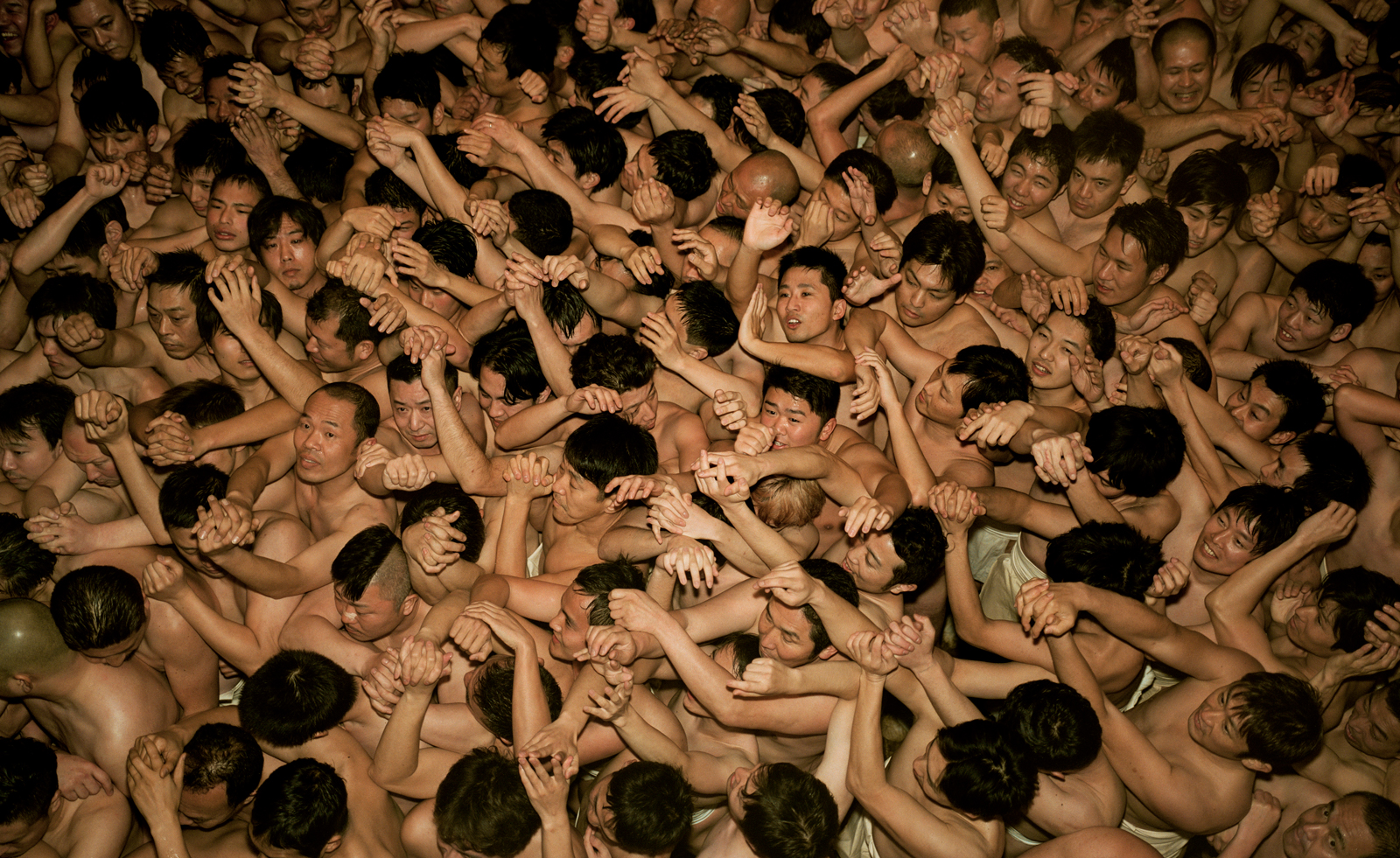 Inside Kyotographie, Japan’s world-renowned photography festival
Inside Kyotographie, Japan’s world-renowned photography festivalKyotographie 2025 embraces the theme ‘Humanity’ in Kyoto – Amah-Rose Abram reports with the highlights, from major and emerging photographers
-
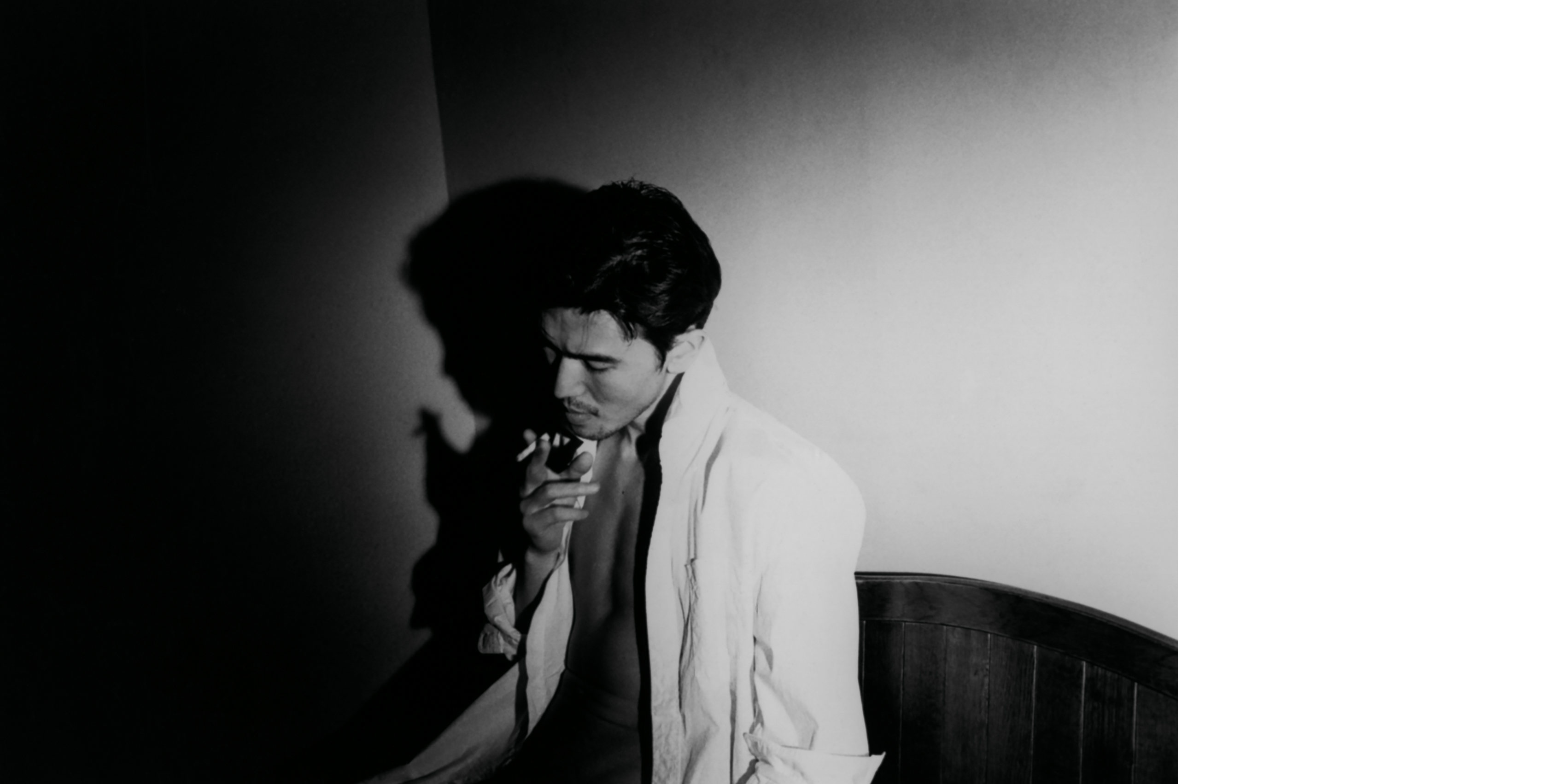 'I’m So Happy You Are Here': discover the work of Japanese women photographers
'I’m So Happy You Are Here': discover the work of Japanese women photographersSubtitled ‘Japanese Women Photographers from the 1950s to Now’, this new monograph from Aperture is a fascinating insight into a critically overlooked body of work
-
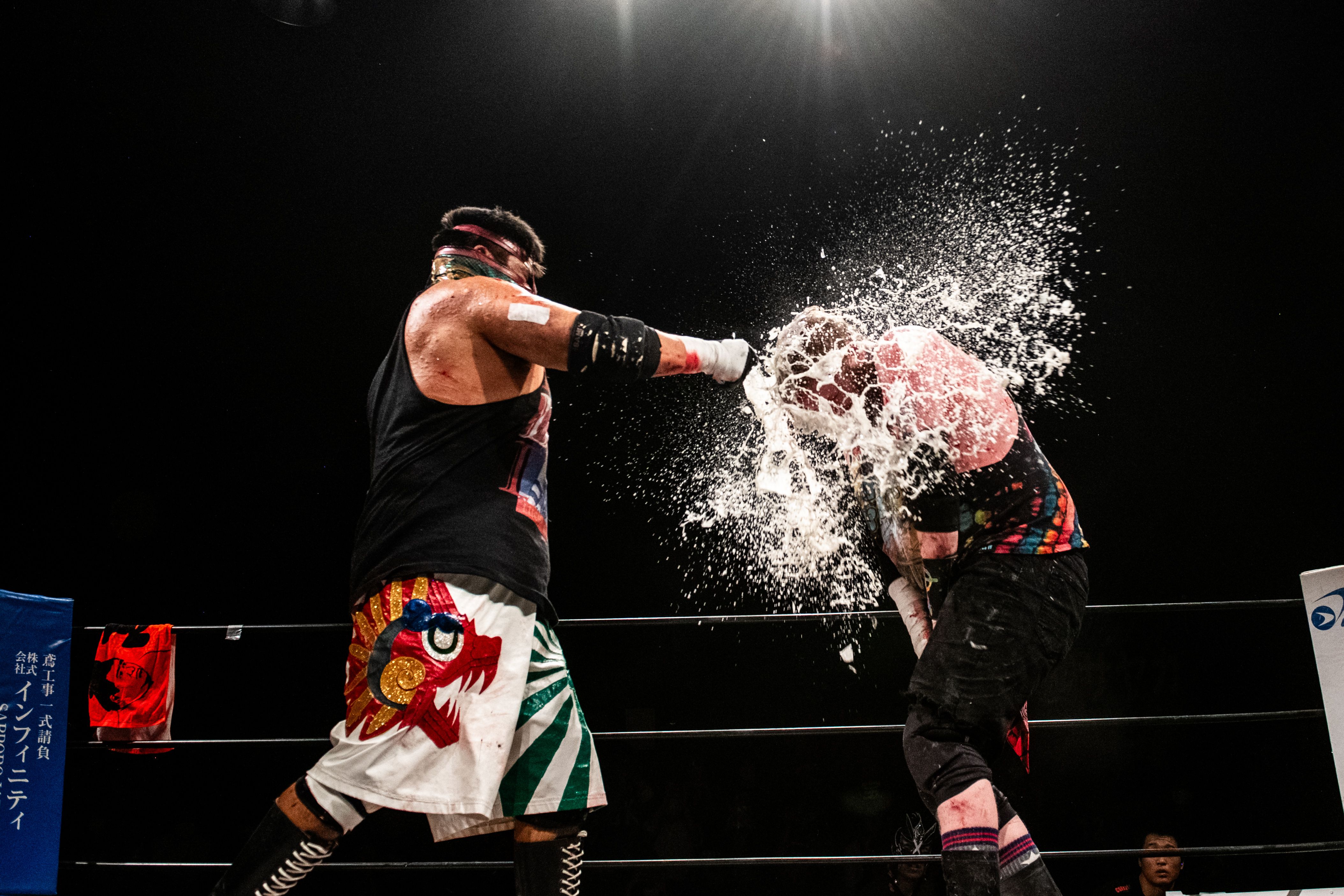 Deathmatch wrestling’s behind-the-scenes moments and bloody glory
Deathmatch wrestling’s behind-the-scenes moments and bloody gloryA new limited-edition book explores the intersection between art and deathmatch wrestling at a sold-out show held in Tokyo
-
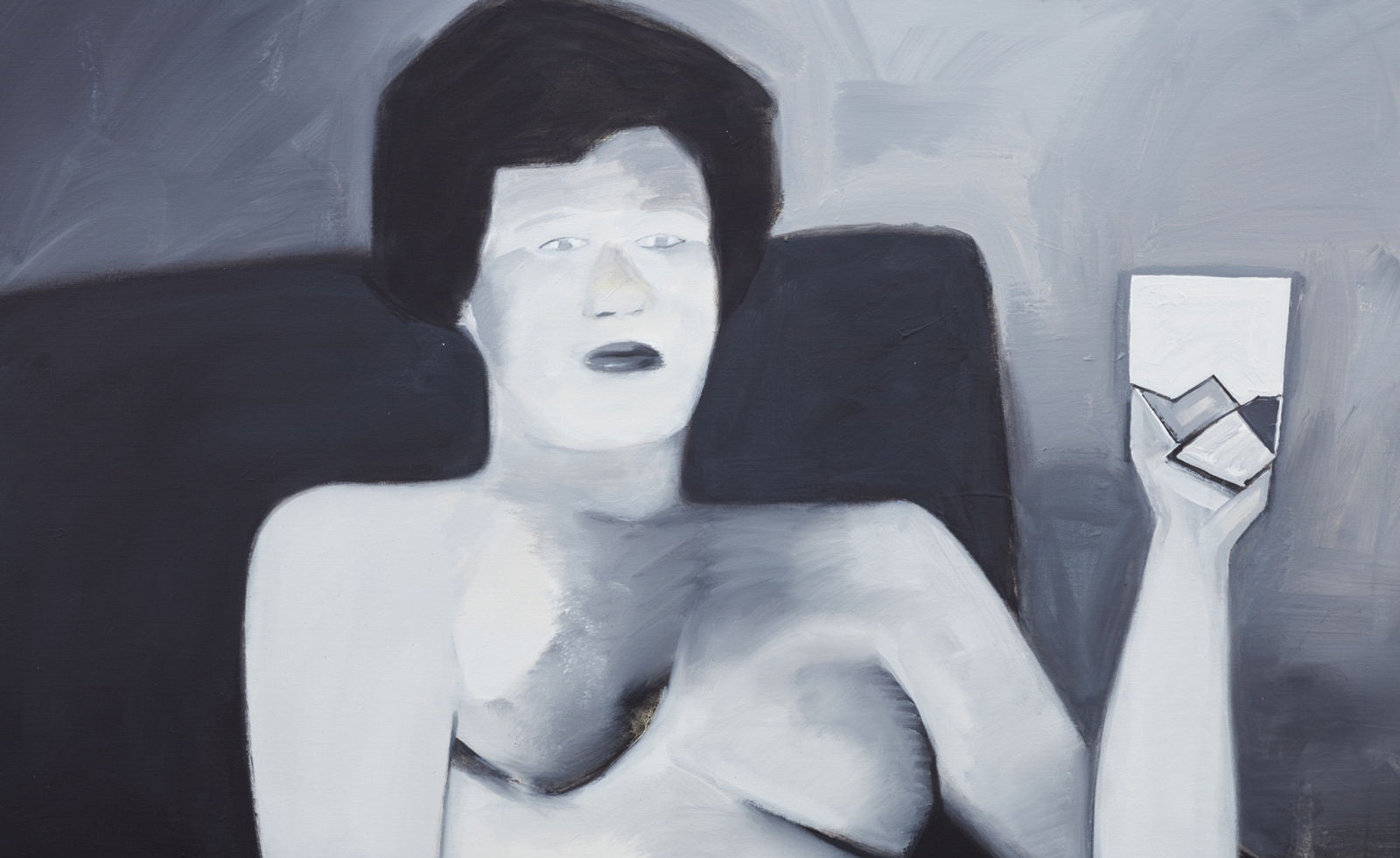 BLUM marks 30 years of Japanese contemporary art in America
BLUM marks 30 years of Japanese contemporary art in AmericaBLUM will take ‘Thirty Years: Written with a Splash of Blood’ to its New York space in September 2024, continuing its celebration of Japanese contemporary art in America
-
 Olafur Eliasson inaugurates Azabudai Hills Gallery in Tokyo
Olafur Eliasson inaugurates Azabudai Hills Gallery in TokyoOlafur Eliasson marks launch of Azabudai Hills Gallery, in Tokyo’s major new district, with a show of elemental strength